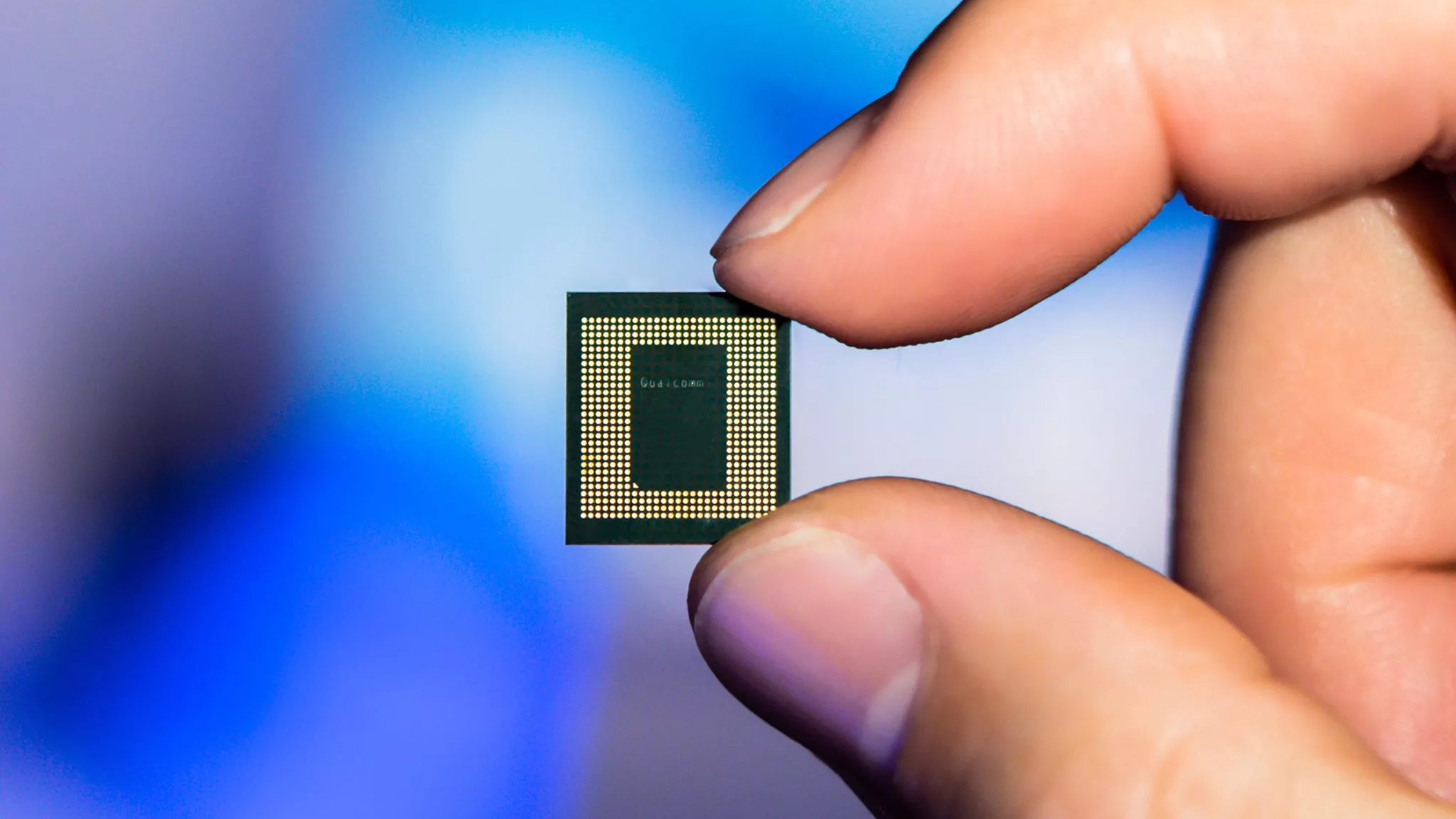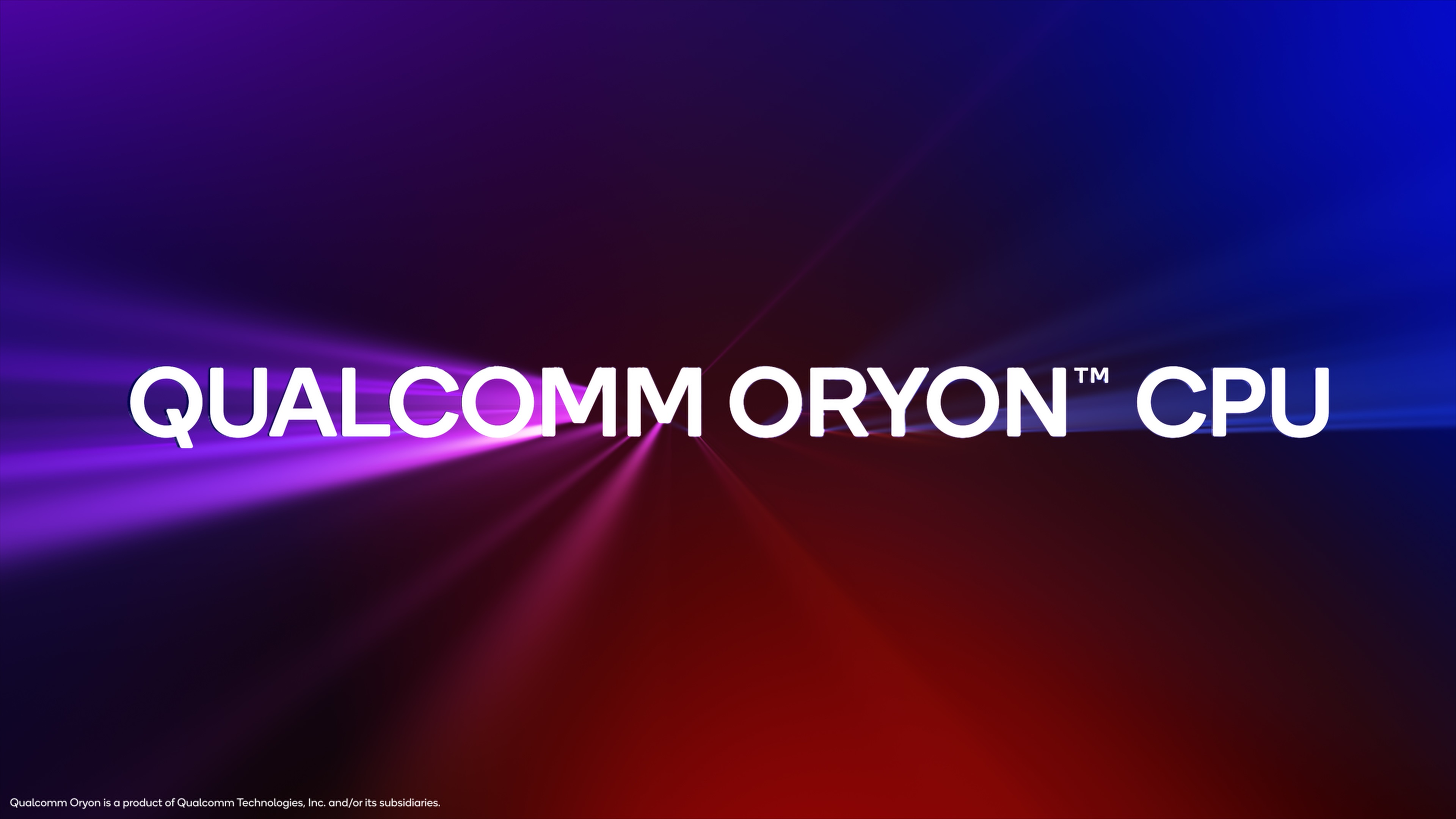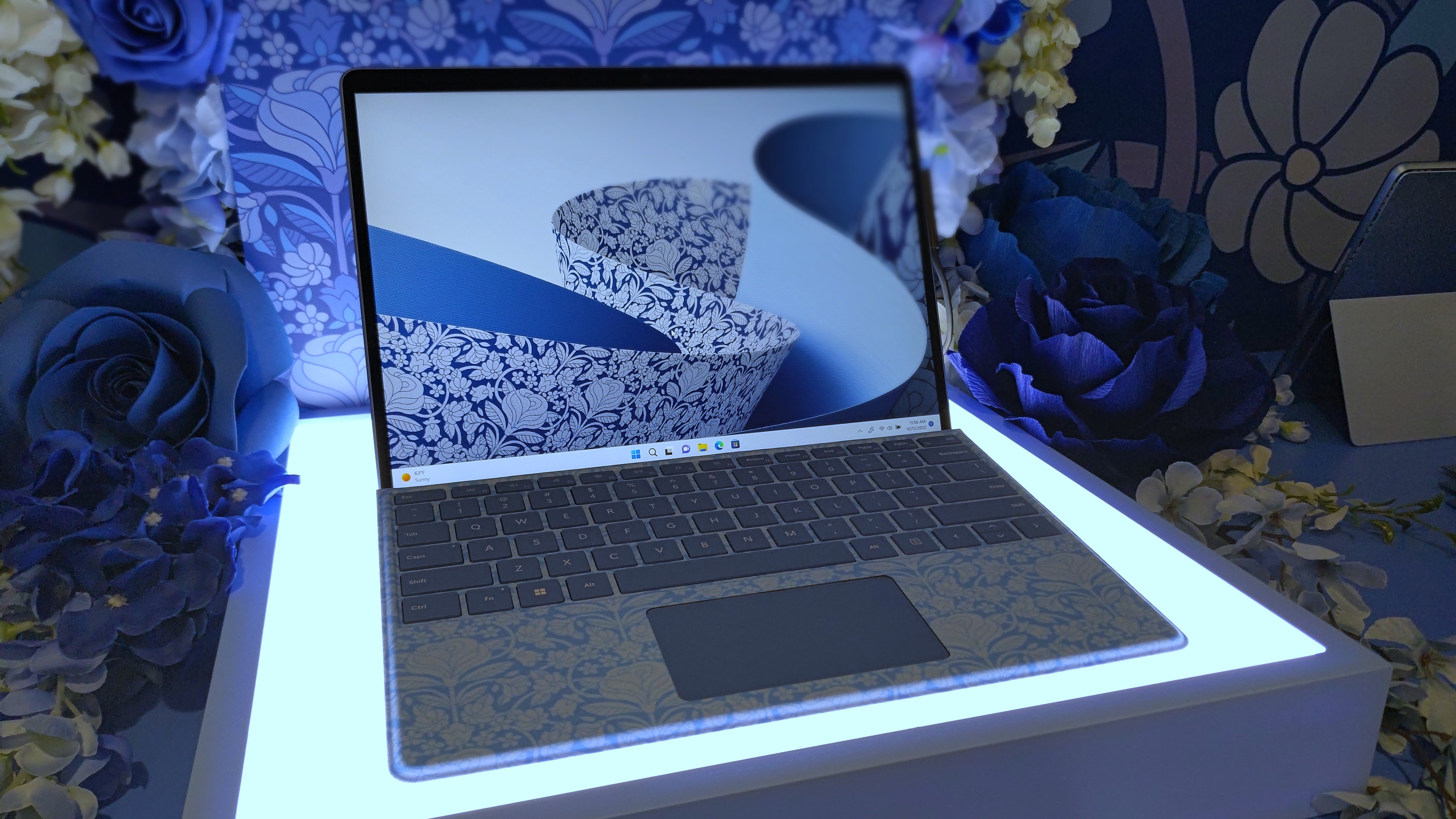Report suggests Qualcomm's upcoming Oryon CPUs stirred controversy among PC makers
A requirement by Qualcomm over its Oryon processors for Windows laptops may be causing a problem.

What you need to know
- Qualcomm and its OEM partners are set to release notebooks based on system-on-chips (SoCs) with its Oryon general-purpose cores next year.
- Due to its proprietary power management protocols, the company wants to use its own PMIC in the next-generation processors.
- The PMICs are smartphone-oriented and might not be up to the task.
- Qualcomm's insistence on using its own PMICs has increased costs and raised concern among its key partners.
Qualcomm's forthcoming Oryon CPUs are claimed to rival Apple's M-series chips and boost Windows thin-and-light laptops. That's unsurprising, given that Nuvia, the team behind the Oryon CPU, employs former Apple engineers who worked on its A-series chips.
But there may be a problem.
According to a report by SemiAccurate, Qualcomm wants to mandate the use of its power management integrated circuits (PMICs) in its next-generation Oryon processors. (According to Wikipedia, PMICs have numerous functions in battery-operated devices, including DC-to-DC conversion, battery charging, power-source selection, voltage scaling, and power sequencing.)
The report from SemiAccurate notes Qualcomm's System-on-Chips (SoCs) require the usage of its exclusive PMIC due to its proprietary power management protocols. This thus forces PC laptop makers to use (and purchase) those PMICs in addition to the Oryon processors.
Traditionally, PC makers could take or leave it for PMICs and source their own, but that is not an option with Oryon.
Qualcomm is trying to sell this idea (literally) to its partners, but it seems it won't be easy because the PMICs are smartphone-oriented and might not be up to the task for PCs, as spotted by Tom's Hardware.
According to SemiAccurate, the best-case scenario would be to optimize the PMICs, but this would be a capital-intensive venture (meaning it costs more for the OEMs to go this route with Qualcomm). Moreover, it would still require multiple PMICs to handle a PC-class SoC and a printed circuit board (PCB) with a 0.6mm pitch HDI.
All the latest news, reviews, and guides for Windows and Xbox diehards.
SemiAccurate notes that PC OEMs have threatened to pull the plug on their Oryon projects because of this PMIC mandate, which could drive up costs for the laptop makers.
However, SemiAccurate also claims via multiple sources that Qualcomm has compensated OEMs financially to counter the cost implications of building Windows laptops with the Oryon chipset and mandated PMICs.
Qualcomm Oryon processors revealed in October
Qualcomm acquired Nuvia in January 2021 for $1.4 billion. It began working on new chips, which Qualcomm officially labeled Oryon in late 2022.
The world will get its first peek at Oryon CPUs in just a few weeks at Qualcomm's Snapdragon Summit in Hawaii. Details about performance, efficiency, and some reference design laptops powered by the next-gen chip will be revealed. However, consumers won't get onto such PCs until sometime in 2024, when they hit mass production.
A separate report by SemiAccurate claims that Oryon CPUs perform "slightly more than the Apple M2 cores," which is impressive for a Gen 1 product. However, Apple is on track to release its M3 chips, possibly later this year.
Windows Central will be at the Snapdragon Summit on October 24-26 to cover the unveiling of the new processors.

Kevin Okemwa is a seasoned tech journalist based in Nairobi, Kenya with lots of experience covering the latest trends and developments in the industry at Windows Central. With a passion for innovation and a keen eye for detail, he has written for leading publications such as OnMSFT, MakeUseOf, and Windows Report, providing insightful analysis and breaking news on everything revolving around the Microsoft ecosystem. While AFK and not busy following the ever-emerging trends in tech, you can find him exploring the world or listening to music.
- Daniel RubinoEditor-in-chief


